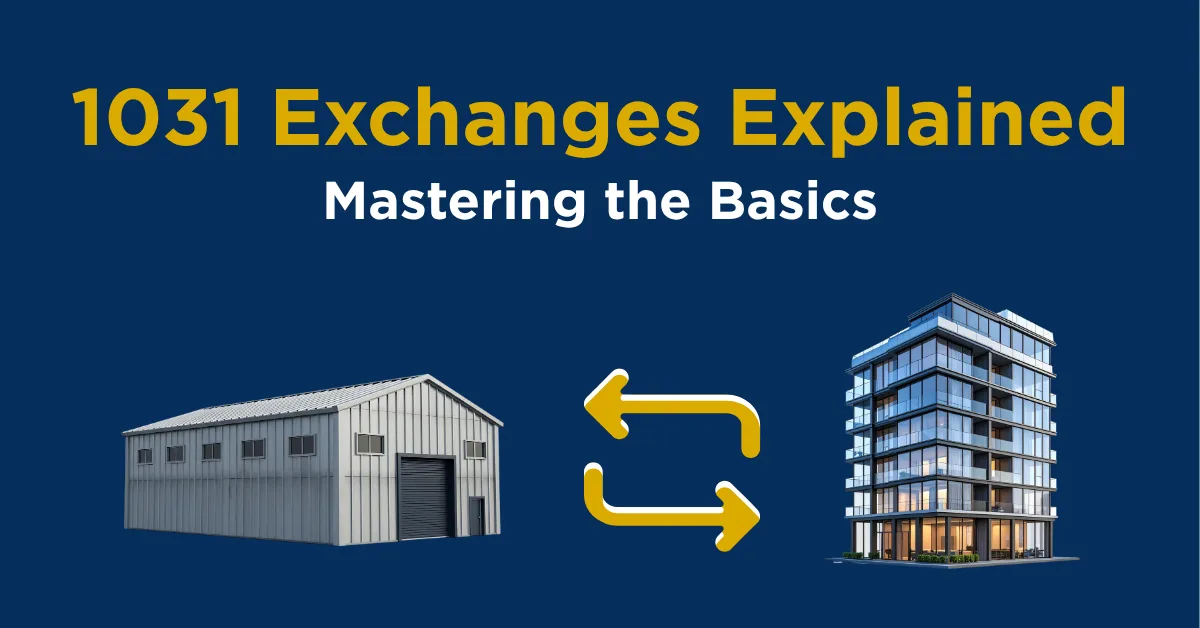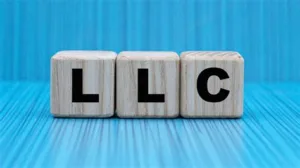One of the most powerful tools available to real estate investors is the 1031 exchange. Named for the section of the tax code that created it, the 1031 exchange allows investors to sell one investment property and reinvest the proceeds into another without paying capital gains tax immediately.
It’s a strategy that gives investors flexibility and control over their money, but it also comes with strict rules. Missing a single requirement can invalidate the exchange, which can turn what should be a tax-deferred transaction into a taxable one.
Let’s take a closer look at how a 1031 exchange works and what you need to know to use it successfully.
What Qualifies as a 1031 Exchange
A 1031 exchange applies exclusively to real estate held for investment purposes. Years ago, it could be used for other types of assets, such as artwork or stocks, but that’s no longer the case. Today, the rule is simple:
- You must exchange real estate for real estate.
- Both the property you sell and the one you buy must be held for investment purposes.
This means you can sell almost any kind of investment property and reinvest in another type without paying taxes on your profit right away. For example, you could:
- Sell an apartment building and purchase a retail strip center.
- Trade farmland for a collection of single-family rentals.
- Exchange a short-term vacation rental for leased commercial space.
As long as both properties are held for investment and not personal use, the exchange qualifies. You cannot use the 1031 exchange for your primary home, but you can use it for a rental beach house or another property that you lease out for income.
This flexibility is one of the main reasons investors rely on the 1031 exchange – it gives them the ability to adjust their portfolios without losing money to taxes in the process.
The Rules You Must Follow
The 1031 exchange has a few nonnegotiable requirements. Following them carefully keeps the exchange valid and ensures that your tax deferral holds up.
1. You must use a qualified intermediary.
When you sell your property, the proceeds cannot go directly to you. They must be held by a third party known as a qualified intermediary. This intermediary handles the funds on your behalf until you purchase your replacement property.
If you touch the money – even for a moment – the exchange becomes invalid. That’s why it’s essential to have an intermediary you trust lined up before you close on your sale. Once the transaction settles and the funds move into your hands, the opportunity for a 1031 exchange is gone.
3. You must follow the timeline.
Two critical deadlines define a 1031 exchange. The first is your identification period: you have 45 days from the sale of your property to identify your potential replacement properties. It’s common for investors to start searching for replacements as soon as their current property goes under contract, however. Since the 45-day identification period window starts as soon as the sale closes, getting a head start helps you stay on time.
The second deadline is your closing period. You have 180 days total, or roughly six months, to complete the purchase of your new property. It’s crucial to stay organized during this period, as you’ll need to complete due diligence, handle your financing (if you’re getting a loan for the new property), and officially settle within this timeframe.
The Identification Rules
The IRS does allow some flexibility in how you identify replacement properties. You can choose one of two options depending on the size and value of what you plan to buy.
1. The Three-Property Rule
- You can identify up to three potential properties, regardless of their combined value.
- You may purchase one, two, or all three properties.
2. The 200% Rule
- You can identify more than three properties as long as their total value doesn’t exceed 200% of the sale value of the property you sold.
- For example, if you sell a property for $1 million, you can identify up to $2 million worth of new properties.
This flexibility makes it possible to sell a single large asset and reinvest in several smaller properties, or combine smaller holdings into one larger acquisition.
Matching Value
To keep the entire transaction tax-deferred, you must purchase property of equal or greater value than the one you sold. The calculation is based on the total sale price, not just your equity after paying off the mortgage.
Let’s say you sell a property for $1 million with a $500,000 loan. After the loan payoff, you’ll have $500,000 in cash proceeds. Many investors assume they only need to reinvest that $500,000, but that’s not the case. You must reinvest the full $1 million to defer taxes fully. You can do that by either taking on a new loan for $500,000 and using your $500,000 in cash for the rest, or investing more cash to cover the difference if you want to avoid financing.
With that said, you are able to do a 1031 exchange for a property that is worth less than your sale price. In this case, however, you owe taxes on the portion not reinvested. So, for our above example, if you only purchased a $500,000 property because you don’t have more cash to invest and don’t want to take out a mortgage, you’ll owe taxes on $500,000.
Final Thoughts
The 1031 exchange gives real estate investors a powerful advantage: the ability to grow their investment portfolios while deferring taxes on their gains. With careful planning, you can sell one property and move into another that better fits your strategy and goals without giving up a large portion of your profit to the IRS.
The key is preparation. Work with a qualified intermediary, follow the timeline, and make sure your replacement property meets all the requirements. When executed correctly, a 1031 exchange can provide flexibility, reduce tax liability, and help you compound your returns over time.
Many investors we work with appreciate our guidance during the complicated process of a 1031 exchange, as well as our wide network of available properties to help identify replacements within your timeframe. If you’re considering utilizing a 1031 exchange in your next real estate investment transaction, contact us to learn how we can help you reposition your assets, strengthen your portfolio, and achieve your goals.





